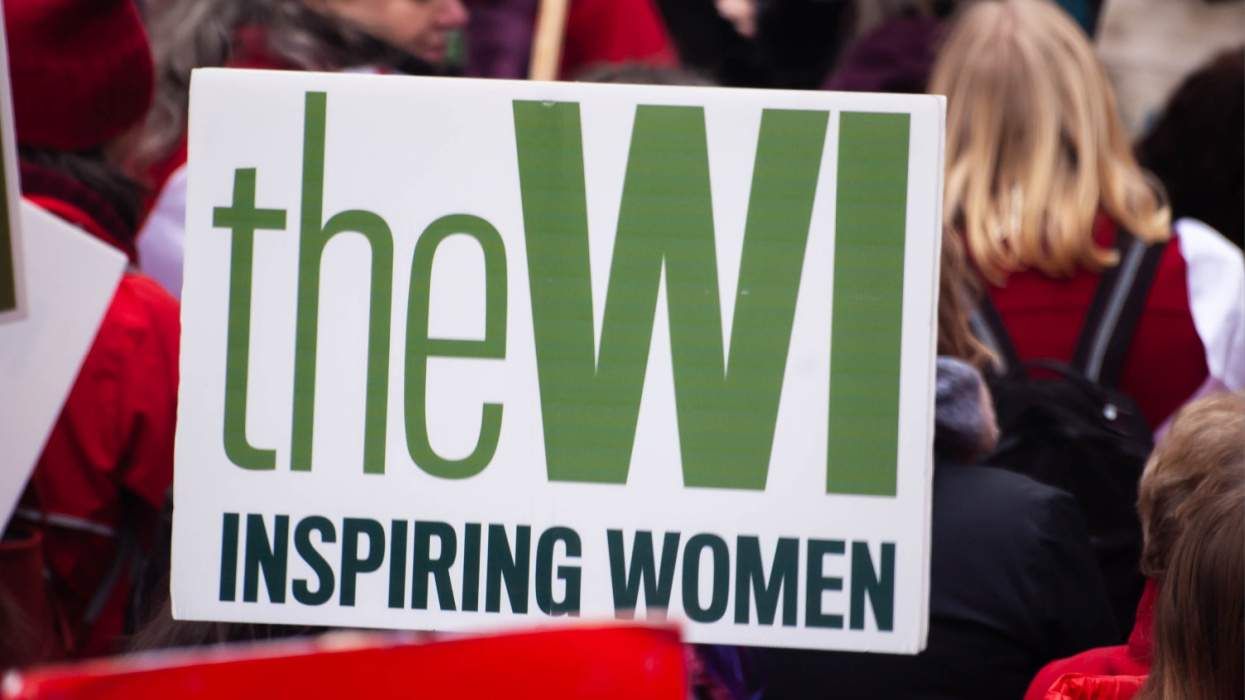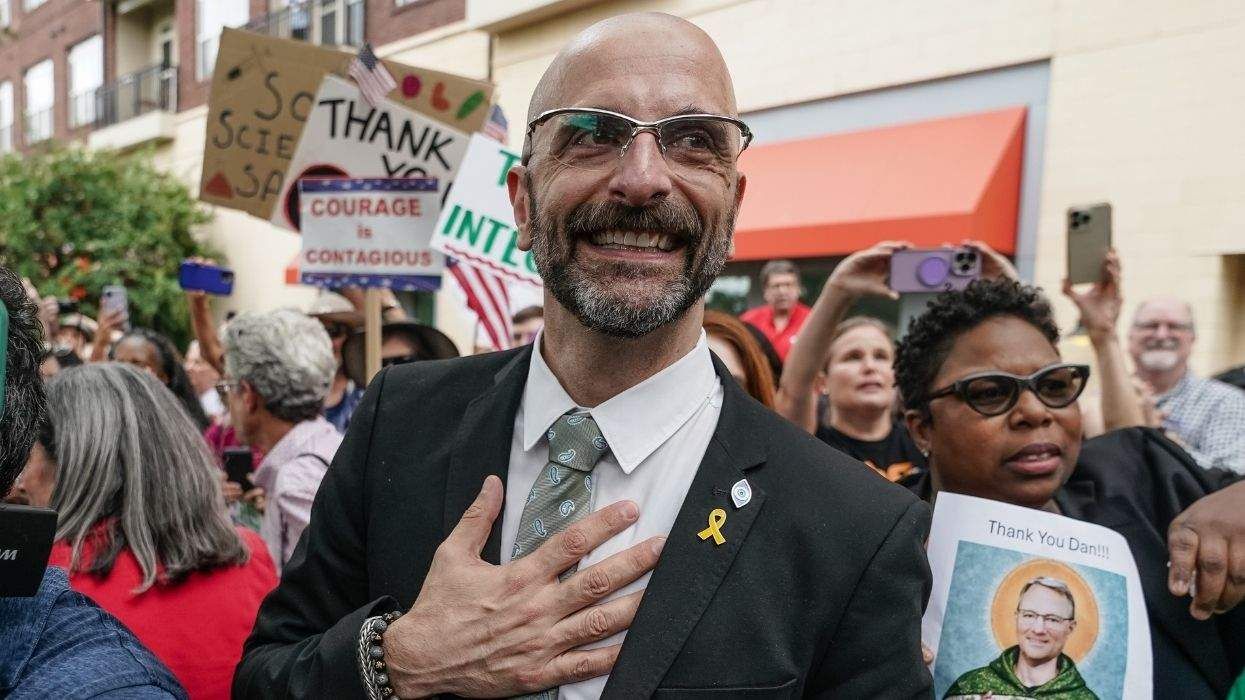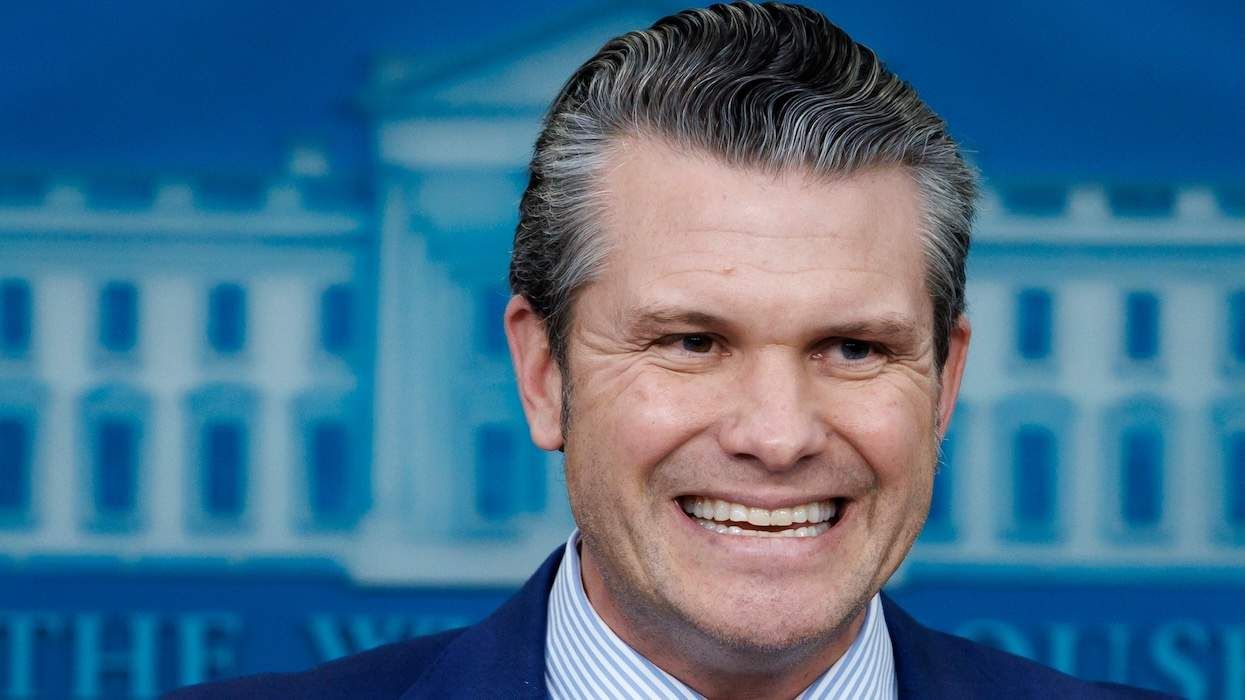More work must
focus on injection-drug users and men who have sex with
men to prevent the spread of HIV in the Asia-Pacific region,
a top World Health Organization official said.
Kevin De Cock,
director of the WHO's Geneva-based HIV/AIDS department,
told the Associated Press on Monday that the human
immunodeficiency virus that causes AIDS could spread
quickly, even in countries currently with very low HIV
rates like the Philippines, if there's a jump in
injection-drug use.
"I think that's
the danger," he said. "I would predict that if some of
these countries suddenly turn, a very rapid spread in
injection-drug users would be the likeliest scenario."
Some countries in
the region have already experienced HIV spikes from
contaminated-needle use. HIV infections in pockets of
India's northeast, along with some areas of Vietnam,
for example, are being driven up by injection-drug
users.
De Cock, on a
two-day fact-finding mission to Vietnam that ends Tuesday,
said more work must also be done to reach men who have sex
with men. Research is lacking for this vulnerable
group in the region, even as some developed countries
see infection rates among this group continue to
climb.
"I think it's a
very worrying situation, and it needs much more
attention," he said, adding that men who swap sex for drugs
could serve as a bridge for the infection to spread.
"Places like
London and Amsterdam are among the most supportive
environments in the world, and yet we're still seeing a lot
of transmission," he said. "And you wonder, What is
lacking here?"
An estimated 8.3
million people were living with the virus last year in
the Asia-Pacific region, where infections have largely
remained concentrated within high-risk groups such as
sex workers and drug users.
India alone is
home to an estimated 5.7 million cases--more
infections than any other country, according to
figures from the Joint United Nations Programme on
HIV/AIDS. In China there were some 650,000 people
infected last year, nearly half of them injection-drug
users, UNAIDS estimated.
"Anything that
happens in those countries, be it policies or
epidemiological changes, are potentially important for the
region," he said of India and China, both with
populations of over 1 billion.
Of all the
countries in the Asia-Pacific region, De Cock said Papua New
Guinea appears to be the only one with a general epidemic
similar to some African countries. It shares an island
north of Australia with Indonesia's easternmost Papua
province, and the nation of 5.7 million is plagued by
political instability, poverty, and rampant sexual violence
against women.
The adult per
capita infection rate is 1.8%, according to UNAIDS. Last
month at a WHO regional meeting in New Zealand, the
country's health minister said isolated pockets could
have HIV infection rates as high as 30%.
"Papua New Guinea
is somewhat in a class of its own in this region," De
Cock said, adding that more data is needed to better
understand the epidemic there.
De Cock was
scheduled to leave Vietnam on Tuesday after he and a
high-level delegation met with government officials. Experts
fear that Vietnam, which has an estimated 260,000
people living with the virus, is at a critical point.
So far, most cases have been concentrated in
vulnerable groups such as sex workers and injection-drug
users, but officials worry the epidemic could soon
become more general. (AP)




































































Charlie Kirk DID say stoning gay people was the 'perfect law' — and these other heinous quotes